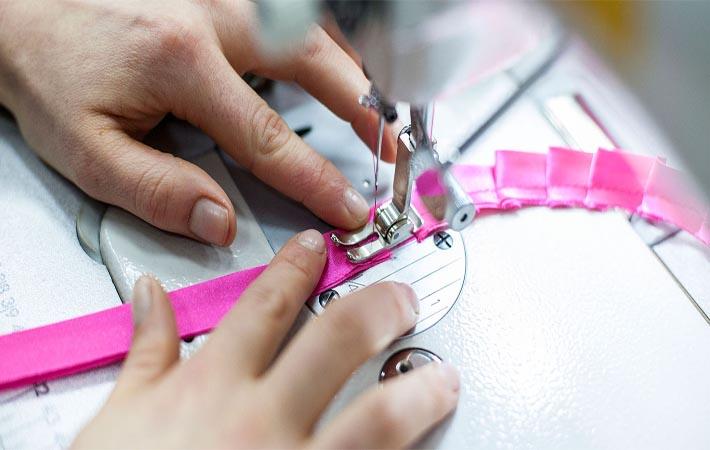The Forum for the Future and Centre for Sustainable Fashion (CSF) at London College of Fashion, UAL with the support of C&A Foundation, have unveiled Fashion Futures 2030 - an open source interactive learning toolkit to guide the fashion industry on sustainability. The toolkit, which presents four scenarios, was launched at the Copenhagen Fashion Summit.
The toolkit explores what fashion and nature might look like within four possible future world scenarios. The scenarios were created to help identify risks and opportunities, stimulate new ideas, test business strategies for long-term resilience, and plan for success. They are not meant to be predictions or favoured visions, but rather serve as practical tools to help navigate an uncertain future.The Forum for the Future and Centre for Sustainable Fashion (CSF) at London College of Fashion, UAL with the support of C&A Foundation, have unveiled Fashion Futures 2030 - an open source interactive learning toolkit to guide the fashion industry on sustainability. The toolkit, which presents four scenarios, was launched at the Copenhagen Fashion Summit.#
One of the scenarios is “Living with Less: nature-based and globally connected”. A decade of climate shocks has left many devastated by food shortages and extreme storms. This spurred powerful companies into action to ban dirty fuels as a route to cut carbon emissions. Slow fashion is the new norm, with sharing networks encouraged by social credit having shifted mind-sets towards sustainability.
The second scenario is “Hyper Hype: technology-paced and economically stimulated”. Advancements in AI technology have eliminated the need for manual labour, leaving many reliant on a small universal basic income. Government and business are working together to rapidly reduce emissions through zero-carbon investments. Fast fashion thrives as digital shopping becomes even more accessible and high-tech. Clothes are casual, genderless and disposable as fewer people are inclined to leave the comfort of their homes, and are fully recyclable after just a few wears.
The third scenario is “Safety Race: regionally located and culturally fragmented”. A global recession has led to a rise in nationalism and a break-down of the Paris Climate Agreement, leaving climate action to the Environmental Truth movement. Huge numbers of climate related deaths have caused widespread unrest and conflict. Fashion is driven by identity politics; it becomes common to dress patriotically as a way of feeling distinct, and supply chains have regionalised.
The fourth scenario is “Chaos Embrace: people-centred and governance re-invented”. After failing to act to mitigate climate change, the world experienced intense climate shocks, causing mass social unrest. As global leaders failed society, power was redistributed to local governments to focus on self-sufficiency and resilience. Materials are scarce, with fashion focusing on utilitarian garments that are kept and worn for a long time, mended, altered and worn again.
Using the Fashion Futures 2030 scenarios industry professionals, fashion educators, and students can explore how radically different the future can be and use the wide range of practical resources contained in the toolkit to develop future-fit products and innovations, as well as business and communications strategies.
“The world is set for turbulent times with climate change, resource shortages, population growth and other challenges set to shape the 2020’s and the future of fashion. At Forum for the Future, we are hearing that many business leaders are overwhelmed by this uncertainty, and by the expectations to take action. Where do we start? Fashion Futures 2030 considers four future scenarios, each based on solid research; current environmental, economic, social, cultural and technological trends, and consultation with experts. They take the guesswork out of shaping truly transformative plans that will deliver positive sustainability impacts at the scale and pace needed.” says Dr. Sally Uren, CEO of Forum for the Future.
Fashion Futures 2030 was conceived by Professor Dilys Williams and Renée Cuoco at Centre for Sustainable Fashion, through a commission by V&A Museum, as part of the exhibition Fashioned from Nature. This work was first exhibited at V&A Museum London in 2018 and is currently touring internationally. Through a longstanding collaborative relationship between Centre for Sustainable Fashion and Forum for the Future, Fashion Futures 2030 was informed by a fashion scenario planning project, Fashion Futures 2025 originally undertaken in 2010 by Forum for the Future, with the support of the Levis Foundation. With the support of C&A Foundation, CSF and Forum for the Future have extended Fashion Futures 2030 from the version developed for the exhibit into these toolkits. (SV)
Fibre2Fashion News Desk – India
